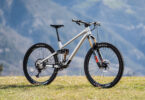How an average rider prepares for the Trans-Provence
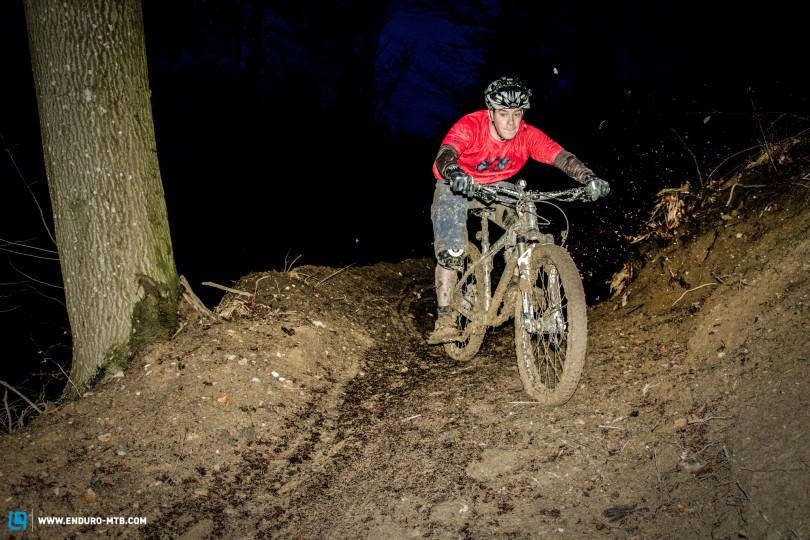
Riding a multi-day Enduro race like the Trans-Provence is challenging for any participant. While pro riders are training for a living, amateurs have a much harder time balancing their job, family and riding. Find out how an average rider prepares for the unique challenge of racing one of the hardest Enduro races:
The Trans-Provence is regarded as one of the toughest multi-day Enduros, and on the bucket-list of many riders. Taking the leap from an idea to it becoming a reality is like jumping into cold water – a shock. So why make the jump into the unknown in the first place, and after the plunge has been taken how does it feel to know you will soon be riding with and, comically, against the world´s best racers, in some of the toughest technical terrain out there? And what plans and decisions need to be faced down to get ready for the challenge?

Stepping out of your comfort-zone
Many riders will relate to slipping into complacency: accepting an easy riding comfort-zone. You ride your local trails. You ride bike parks or uplifts when you have the chance. Maybe you get away to ride in a new region a couple of times over a year, or arrange holidays to ride abroad. You might be racing a regional series, or chasing down ranking-points. Choose your bike, change your equipment. Onwards you will go, often imagining, “I´ll do those cool things one day”. “I´ll train more next season”. “I will hit that jump next time I ride this trail”. “I will brake later next time”. Whether one´s riding experience goes back to the beginning of Mountain Biking itself, or whether MTB is a recent addition to your life, it is very easy to slip into routine, and ruts. Both figuratively, and literally, if you are still riding at this time of year.
Burning Complacency
I have been enjoying the day to day of our sport for many years. I have been riding without any specific direction, objectives, or goals. Simply enjoying the adventure, camaraderie, mountains, and banter that goes with it. I am super lucky to have ridden in lots of locations and countries, ticked a couple of fun events off the list, and had a go at a 10,000m descending day last summer. As fun, epic, and unique as each of these has been, they have all followed a common trend: habitually riding within my limits and comfort-zone.
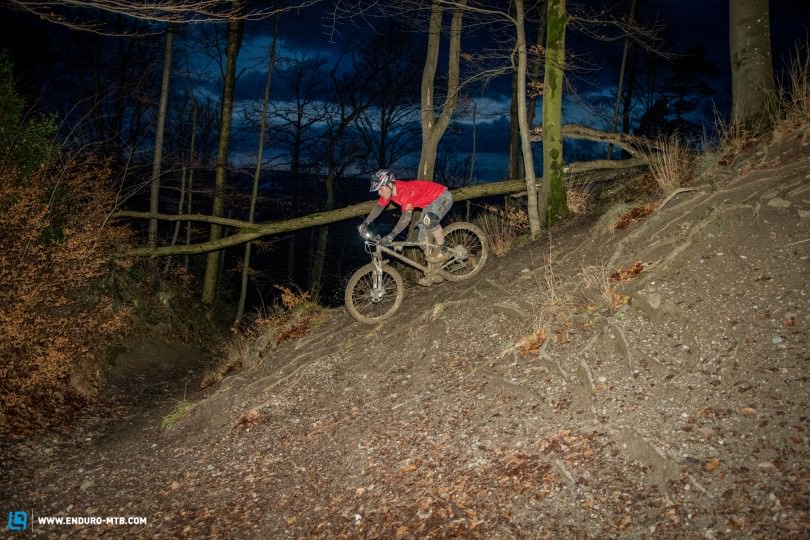
So, it is not without a healthy dose of irony that I am now staring down the barrel of an event which promises to wholly shake me out of my comfort-zone, whilst keeping those essential and fun elements of community, collaboration, and adventure at it´s very core. In being granted a place on the Mavic Trans-Provence for 2016, I have given myself a much-needed goal. For my first time over involving a bike, I will be following a training plan until the event, as I take on the biggest challenge of my life as a Mountain Biker. Getting this entry ticket is a massive privilege, and a daunting task.
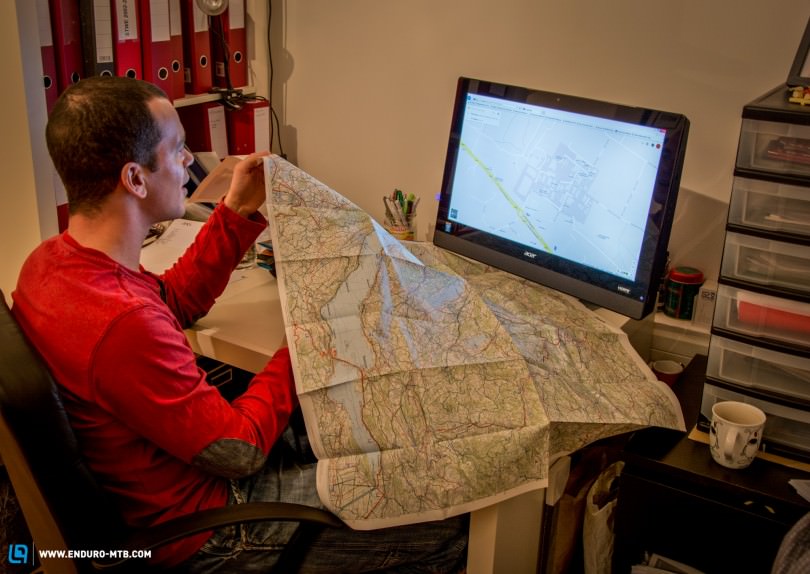
The experience that lies ahead at the event promises to be the adventure of a lifetime, whilst the preparation for the event will be a huge commitment. With the simple goal of make it through the Trans-Provence and enjoying it, I know I shall be way outside of my comfort.-zone for the next six months.
Changes to my experience of riding
Preparations have begun with training, bike choices, setup decisions, equipment choices, mental preparation. 100s of choices to make, which would not be done on autopilot for any other ride. The scale of the challenge, though, strips back my confidence – despite 18 years since my first MTB race, having never raced for 6 days back to back, I can´t claim to know, with clear confidence, what the answers are to any of these decisions and choices.
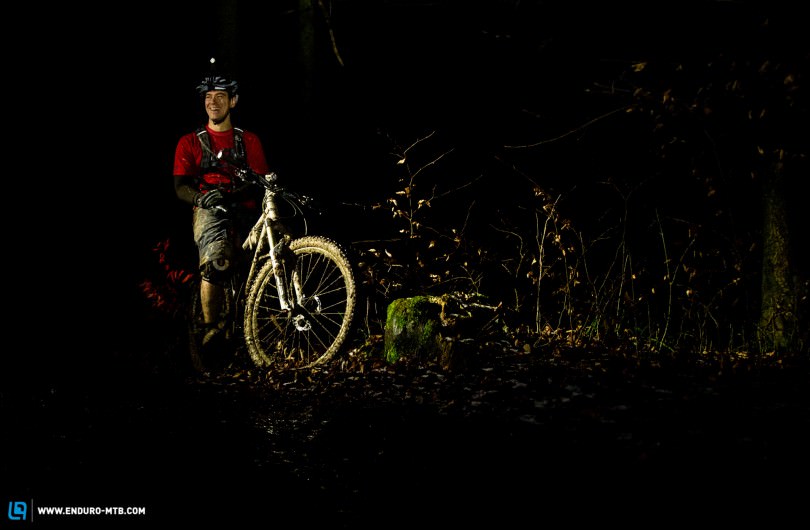
Two months ago, I was not expecting to be seeking out climbs at 6 am in the morning, in order to kick-start my training before hitting the Christmas indulgence. Nor did I expect it to be so rewarding once I got out there, and changed some of my riding habits. I have noticed beginning to notice my lung capacity changing, and my stamina increasing on longer climbs. I have been amazed by the friendliness of the foxes I have met whilst being on the hill at 6 am. So, whilst the prospect of making my way towards 2,500 vertical meter ascent days is daunting, the process of working towards this training goal is both fun and personally revealing.
Lots of Work ahead
Between now and June, there is a huge amount of work to be done, in order to warm up the cold water I am in at the moment. In making this bucket-list event a reality, I have unexpectedly stripped back my experience of Mountain Biking and need to evaluate, plan, and redefine my habitual, comfort-zone riding is. So, those 2,500 vm days need to become normal. Hitting the fast lines first time down will hopefully become habitual, and building confidence that bikes and gear will still be comfortable and performing after 6 huge days in the saddle. No one said it would be easy, but it does promise to be memorable, and to deliver a welcomed change to my riding even before the event has started. It´s going to be an interesting journey!

We will follow Gareth along his path of preparation, stay tuned for future episodes.
Text: Gareth Rose Photos: Phillip Holmes
Did you enjoy this article? If so, we would be stoked if you decide to support us with a monthly contribution. By becoming a supporter of ENDURO, you will help secure a sustainable future for high-quality mountain bike journalism. Click here to learn more.


